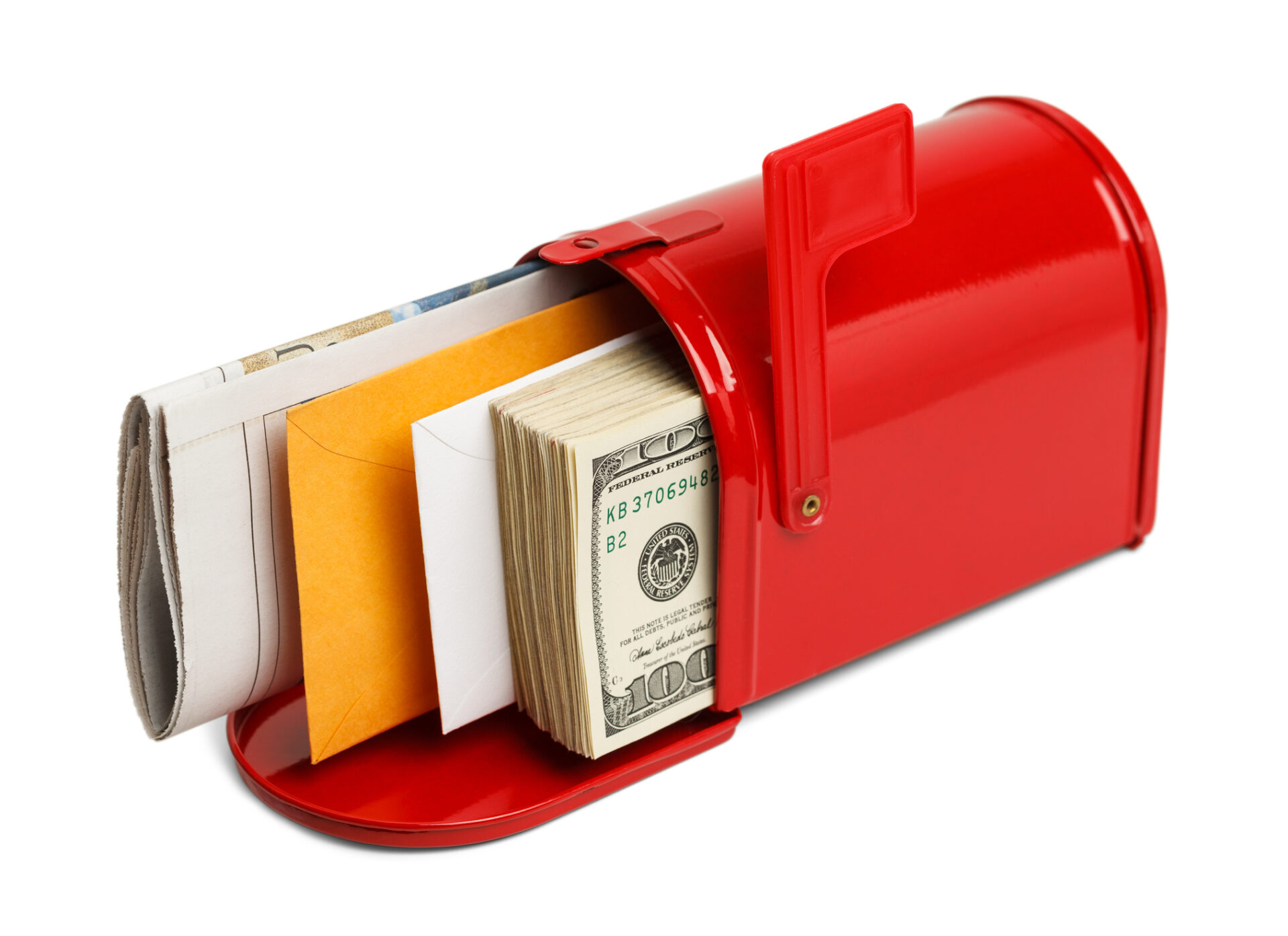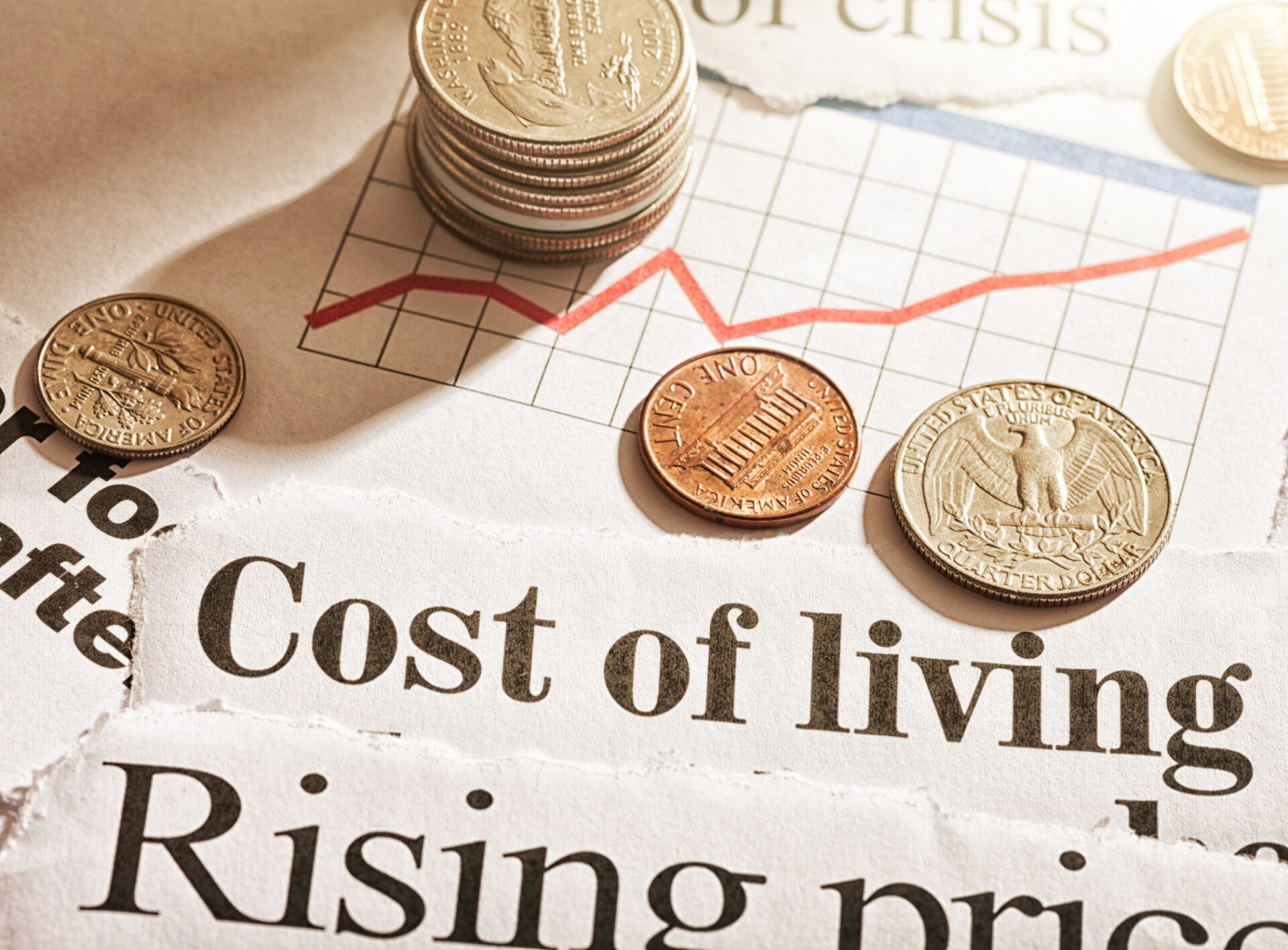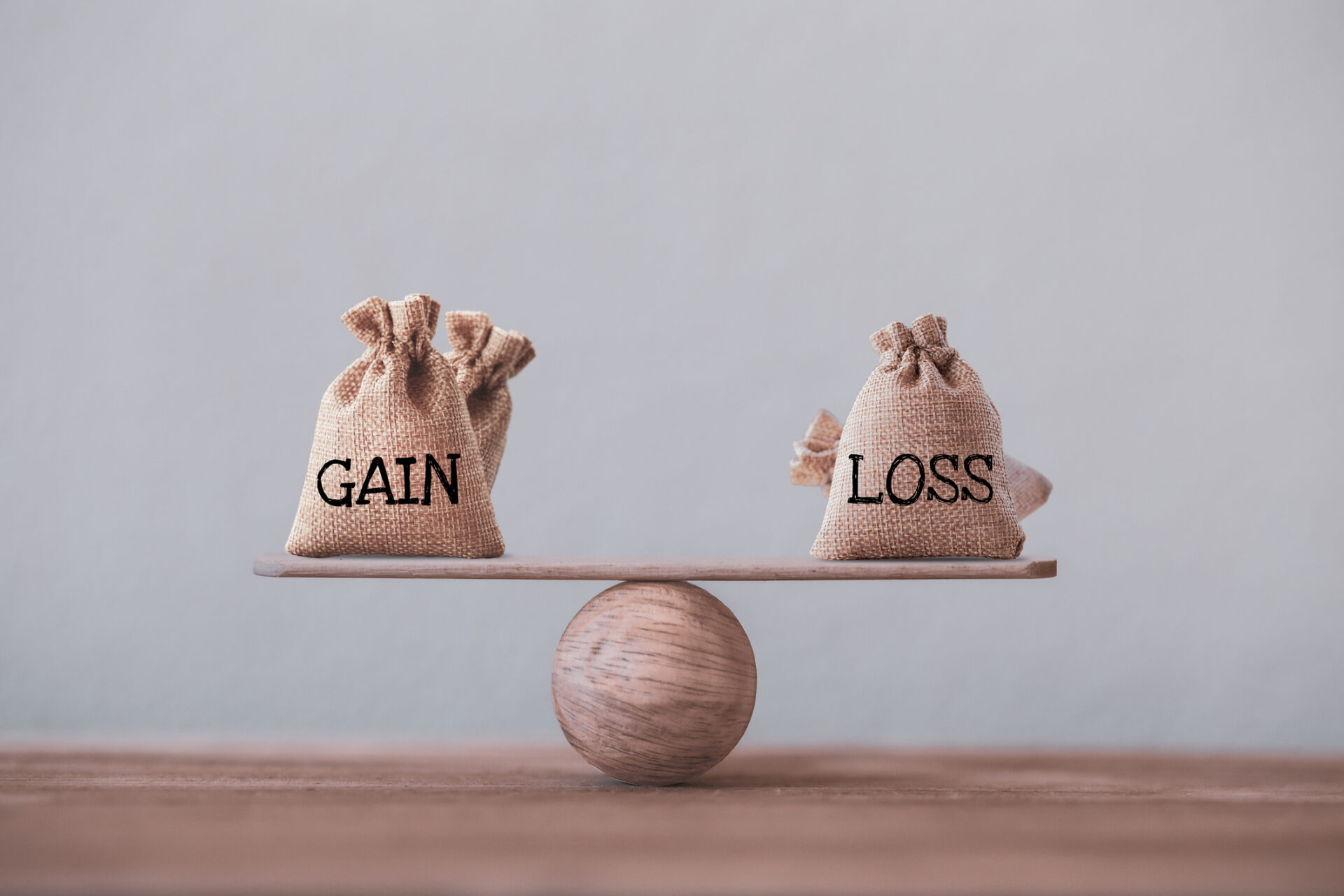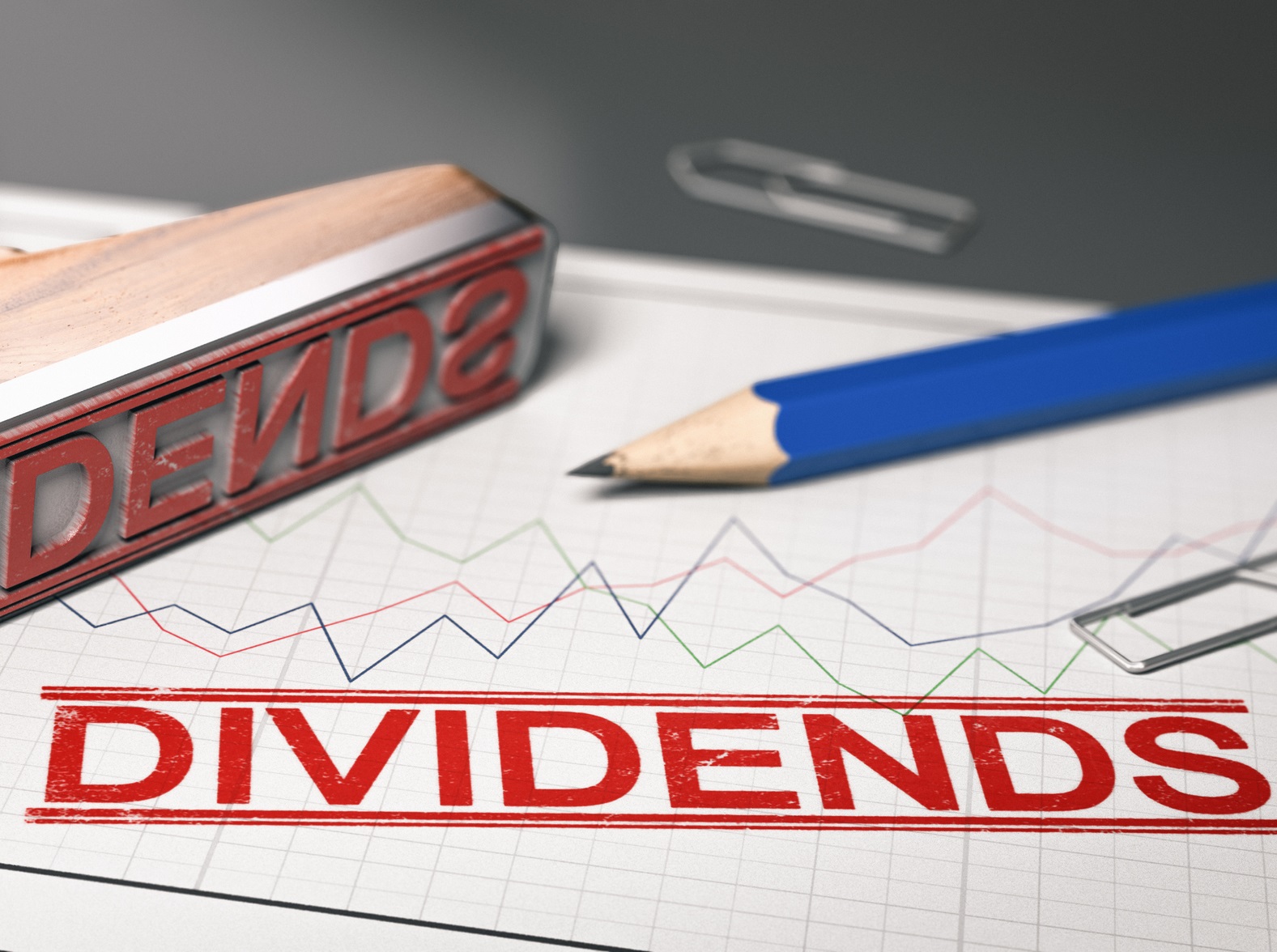Are dividends worth pursuing in your portfolio?
Investing for Dividend Yield
Many dividend investors want to live off of the dividend yield from their portfolio rather than selling positions to raise cash. Instead of reinvesting the dividends back into the original stock or using it to rebalance their portfolio overall, they take advantage of the easy money coming out and use that for their basic cash flow needs. In contrast, selling positions to raise cash is an approach that focuses on total return and safe withdrawal rates, whereas a dividend yield approach preserves principal capital untouched.
Not selling principal and only living off of dividends sounds like a great deal and so simple, so why isn’t everyone taking this dividend yield approach?
Investing in dividend paying stocks is usually a good idea. Many dividend payers tend to be solid, consumer goods companies that can offer diversification to the average portfolio. Taking the dividends from the investments can be beneficial for investors who are looking for extra passive income. This should not be your entire source of income or earmarked for necessary expenses, but rather taken in addition to existing income plans.
All Investments Have Downsides
While the idea of dividend yield investing is extremely attractive, there are a number of drawbacks. As you learned from my previous post on this topic, by not reinvesting dividends you are foregoing significant potential total returns – over-focusing on dividend cash in hand may cause you to forget about or under-appreciate the total value of your portfolio over time.
Another large risk is changes to dividend payout policies. While most companies want to pay stable dividends to investors, it is sometimes not feasible. Financial constraints and economic conditions force companies to either reduce or completely eliminate dividend payments at times. If a retiree were only living off of dividends, this means they would have significant income uncertainty from one dividend announcement to another.
Even “big and safe” companies have had to cut dividends at times. Citigroup paid high dividends reliably for two decades. They were paying out at an all time high in 2006, but by 2009 they suspended dividend payments for two and a half years. Remember General Motors? They paid consistent and high dividends for several decades and then declared bankruptcy in 2009. JCPenney started paying dividends in 1987. They managed to continue dividend payments throughout and beyond the 2008 financial crisis but still ended up discontinuing dividends in 2012.¹ If you were to rely completely on dividend yield for income in retirement, could you handle an abrupt two year halt in dividend payments? This is an important question to consider when investing for dividend yield and using it for income.
Relying simply on dividend yield for income also usually leads to a portfolio built for this primary goal. This means that you are more than likely invested in high-dividend-paying stocks in similar industries. For example, utilities are well known dividend payers and emerging markets also tend to have higher dividend yields, so it is likely that you might be overweight on these in your portfolio and more exposed to their risks. Investing for dividends greatly reduces options for technology investing, as tech companies are well known for not paying out any dividends but rather reinvesting into their business. (To understand more about the value of diversification and why it is so important, check out this post.)
Overall, there are risks to primarily investing for dividends that investors should be aware of as it might not necessarily be an appropriate investment strategy for everyone.
A Behavioral Approach to Investing
So now the dividend yield investment approach may not sound quite as attractive to you as it did when you started reading, but it is still attractive to many retirees. To understand this, we look to behavioral finance and economics and the concept known as the “free dividend fallacy”. The free dividend fallacy basically means that investors view dividends as free money, so mentally it is much easier for them to spend dividend checks than it is to sell principal for cash flow needs.
There is a place for dividend investing if that is your preference. However, it is important that you do not focus only on the dividend return (the amount of dividends paid compared to the price for the stock) and ignore the price return (the change in the stock price over time), as this can really hinder your portfolio growth. Just because a company has a 7 percent dividend return does not mean that is a solid investment, especially if the price return is negative, making your total return less than the dividend return. If you are viewing dividends and price return separately, you might actually be LOSING principal due to the negative capital return.
This post is not meant to dissuade you from investing in dividends or consider one strategy compared to another. The goal here is to simply point out that dividend investing might not be appropriate for everyone or a complete retirement income plan. If you are looking for dividend yield as a retirement income approach, make sure your advisor discusses the risks and you are prepared for potential and abrupt dividend cuts.
Anessa Custovic, PhD












